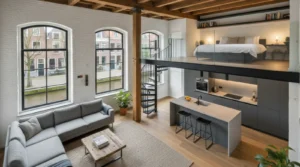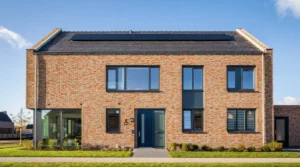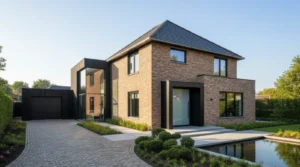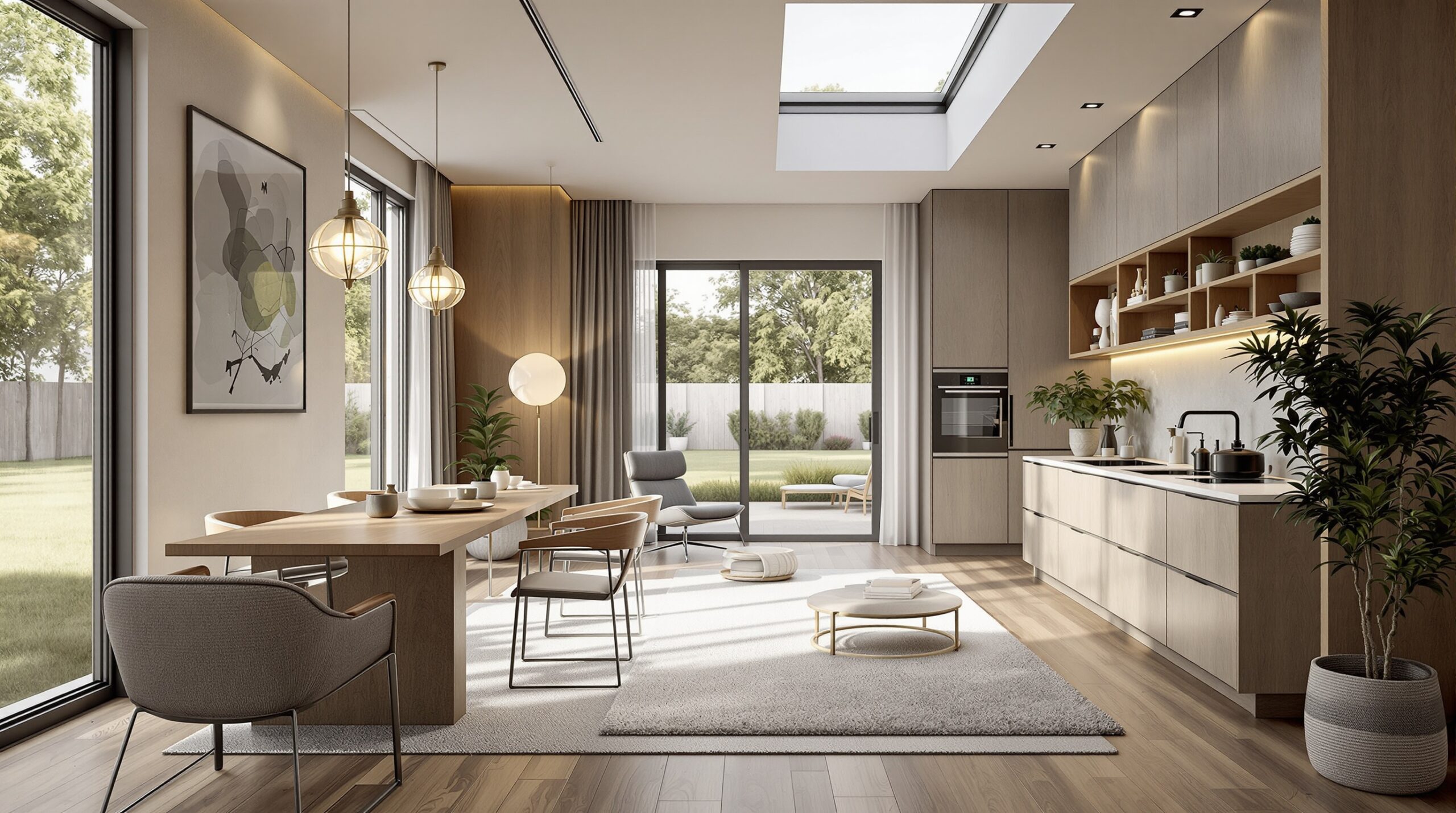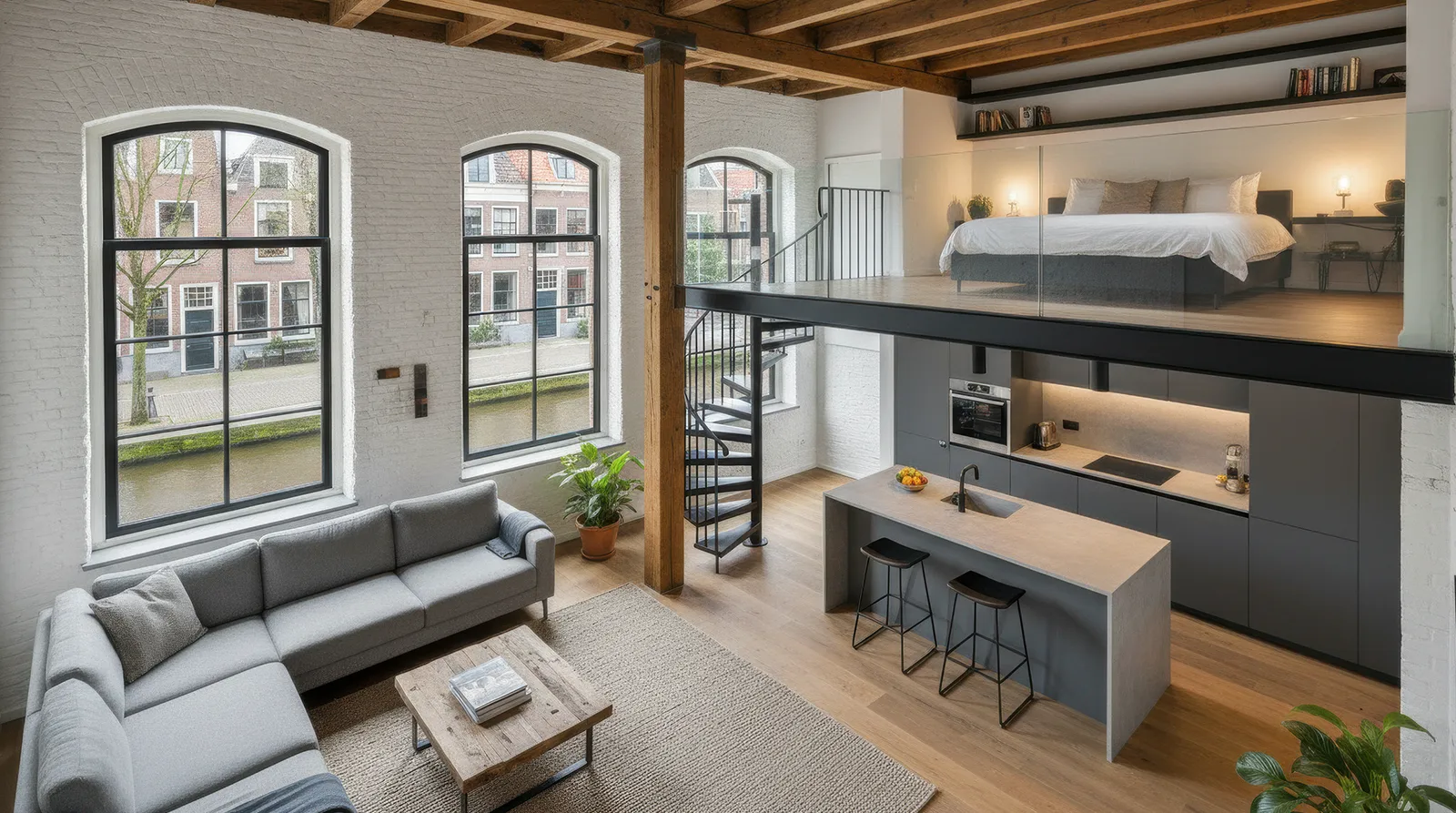Soundproofing Techniques for a Peaceful Home Environment
Creating a peaceful home environment is essential for the well-being and comfort of Dutch residents. One of the key factors that can disrupt this peace is noise pollution. Whether it’s coming from outside or within the home, noise can be a significant issue. This is where soundproofing techniques come into play. In this article, we will explore the importance of soundproofing, its benefits, and the various techniques and materials available for noise reduction in Dutch homes.
Basic Concepts of Soundproofing
Before diving into the techniques and materials, it’s essential to understand the basic concepts of soundproofing. Soundproofing refers to the process of reducing the transmission of sound from one space to another. This can be achieved through various methods, including absorption, reflection, and insulation. In the context of Dutch homes, soundproofing is crucial to minimize noise pollution from external sources such as traffic, neighbors, and construction, as well as internal sources like household appliances and foot traffic.
In the Netherlands, where homes are often built close together, soundproofing is particularly important to maintain a peaceful living environment. The country’s urban planning and architecture also play a role in the need for soundproofing, as many homes are designed with shared walls and proximity to busy streets.
Benefits of Soundproofing
The benefits of soundproofing are numerous and can significantly improve the quality of life for Dutch residents. Some of the advantages include:
- Reduced noise pollution: Soundproofing can minimize external noise, creating a more peaceful living environment.
- Improved sleep quality: A quiet home can lead to better sleep, essential for physical and mental health.
- Increased property value: Soundproofing can be a valuable selling point for homes in the Netherlands, making them more attractive to potential buyers.
- Enhanced productivity: A quiet workspace can improve focus and productivity, making it ideal for home offices and study areas.
Soundproofing Techniques for Dutch Homes
There are various soundproofing techniques that can be applied to Dutch homes, depending on the source and type of noise. Some of the most effective methods include:
- Mass Loaded Vinyl: A flexible, heavy material that can be applied to walls and ceilings to absorb sound energy.
- Acoustic Insulation: Materials like fiberglass, cellulose, or spray foam can be used to fill cavities and reduce sound transmission.
- Resilient Channels: Metal channels that can be used to decouple drywall from studs, reducing sound transmission through walls and ceilings.
- Sealing Gaps and Cracks: Caulking and weatherstripping can be used to seal gaps and cracks around doors, windows, and other openings.
Soundproofing Materials Available in the Netherlands
The Netherlands offers a wide range of soundproofing materials that can be used to reduce noise pollution in homes. Some of the most commonly used materials include:
- Mineral Wool: A popular choice for acoustic insulation, mineral wool is fire-resistant and has good sound-absorbing properties.
- Glass Fiber: A lightweight, cost-effective material that can be used for acoustic insulation and soundproofing.
- Open-Cell Spray Foam: A flexible, breathable material that can be used to fill cavities and reduce sound transmission.
- Mass Loaded Vinyl Sheets: Flexible, heavy sheets that can be applied to walls and ceilings to absorb sound energy.
Practical Tips for Soundproofing Your Home
To achieve effective soundproofing in your Dutch home, follow these practical tips:
- Identify the Source of the Noise: Determine the source of the noise pollution to apply the most effective soundproofing technique.
- Use the Right Materials: Choose materials that are suitable for the type of noise and the specific application.
- Seal Gaps and Cracks: Caulk and weatherstrip around doors, windows, and other openings to prevent sound leaks.
- Consider Professional Help: If you’re not experienced in soundproofing, consider hiring a professional to ensure effective results.
Conclusion
In conclusion, soundproofing is a crucial aspect of creating a peaceful home environment in the Netherlands. By understanding the basic concepts of soundproofing, applying effective techniques, and using the right materials, Dutch residents can reduce noise pollution and enjoy a more comfortable living space. Remember to identify the source of the noise, use the right materials, seal gaps and cracks, and consider professional help to achieve effective soundproofing results.
By investing in soundproofing, you can improve the quality of your life, increase your property value, and create a more peaceful living environment. So, take the first step towards a quieter home and explore the various soundproofing techniques and materials available in the Netherlands.




